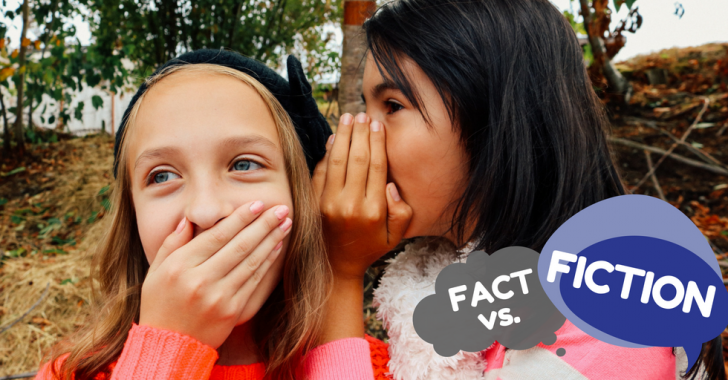Fact vs. Fiction: Underage Drinking
Alcohol is the most commonly used and abused drug among young people in the United States. Though underage drinking has steadily declined since the 1980s, it remains a persistent problem to this day.
When you talk to your kids about underage drinking, it’s important to be armed with the facts. Here are some common myths””and the facts””about alcohol use.
Fiction: Alcohol isn’t as harmful as other drugs. Fact: Young people who start drinking before age 15 are six times more likely to depend on or abuse alcohol later in life than those who begin drinking at age 21 (1). Excessive alcohol use has also been shown to increase the risk of cancer, high blood pressure, liver cirrhosis, psychological disorders and more (2).
Fiction: To sober up quickly, just drink coffee or take a cold shower. Fact: There is no such thing as sobering up quickly. On average, it takes the body 2 to 3 hours to metabolize one drink, and there’s nothing you can do to speed that up (3).
Fiction: Everyone else is drinking. Fact: Most young people don’t drink at all, much less binge drink. Between 70 and 80 percent of 12- to 20-year-olds haven’t had a single drink in the last month, and nearly 90 percent of high school students haven’t engaged in binge drinking (1).
Fiction: Drinking is a good way to relax or be more outgoing at parties. Fact: Alcohol is a central nervous system depressant, which means that it slows down what the brain does. You may feel stimulated because it reduces inhibitions, but after three drinks in one hour, motor coordination, speech and behavior can be negatively affected (4).
Fiction: Beer is safer than liquor. Fact: Alcohol is alcohol””your body doesn’t see a difference between the alcohol in a 12-ounce beer versus a 5-ounce glass of wine vs. a shot of liquor. It’s the amount of alcohol that affects the body, not the type of alcoholic drink (5).
Fiction: Drinking is okay as long as an adult is present. Fact: Adults who let teenagers drink often believe they are preventing binge drinking or drunk driving, but the harmful effects of underage drinking don’t vanish just because an older adult is present. There are legal consequences of supplying alcohol to underage drinkers, too. In Pennsylvania, adults charged with supplying or allowing a minor to possess alcohol face hefty fines and even jail time (6).
- Center for Behavioral Health Statistics and Quality. (2016). 2015 National Survey on Drug Use and Health: Detailed tables. Substance Abuse and Mental Health Services Administration. Retrieved from https://www.samhsa.gov/data/sites/default/files/NSDUH-DetTabs-2015/NSDUH-DetTabs-2015/NSDUH-DetTabs-2015.pdf
- Office of the Surgeon General, Department of Health and Human Services. (2007). Call to Action to Prevent and Reduce Underage Drinking. Retrieved from http://www.camy.org/_docs/resources/fact-sheets/Call_To_Action.pdf
- Cederbaum, A. I. (2012). Alcohol metabolism. Clinics in Liver Disease, 16(4), 667-685.
- National Institute on Alcohol Abuse and Alcoholism. (2017). Underage drinking. Retrieved from https://pubs.niaaa.nih.gov/publications/UnderageDrinking/Underage_Fact.pdf
- National Institute on Alcohol Abuse and Alcoholism. (n.d.). What is a standard drink? Retrieved from https://www.niaaa.nih.gov/alcohol-health/overview-alcohol-consumption/what-standard-drink
- The Partnership for Drug-Free Kids and the Treatment Research Institute. (2018). State law in Pennsylvania. Retrieved from http://socialhost.drugfree.org/state/pennsylvania

